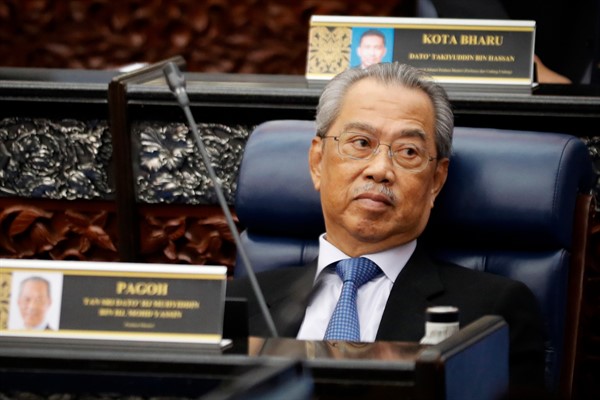Southeast Asia has in recent weeks become an epicenter of the COVID-19 pandemic. Indonesia is recording the highest number of confirmed new cases per day in the world, and even one-time success stories like Thailand and Vietnam are experiencing major outbreaks. Myanmar, which remains mired in crisis following a coup in February, is suffering from the unchecked spread of the virus. And Malaysia is reporting roughly 12,000 cases per day, the highest per capita average in the region.
But unlike every other Southeast Asian state save Myanmar, Malaysia’s response is being hampered by chaotic governance and persistent political infighting. With Parliament suspended since January due to a controversial national emergency declaration, political leaders and public health officials have been unable to forge a coherent response. Lawmakers are set to reconvene next week, though the brief session is not expected to yield much of substance. The political stalemate, combined with Prime Minister Muhyiddin Yassin’s increasingly autocratic tactics and squabbling among other politicians, now endangers both Malaysians’ public health and their hard-fought democracy.
Like many Southeast Asian countries, Malaysia handled COVID-19 fairly effectively for much of 2020, keeping caseloads low even as the virus ravaged much of the West and Latin America. No clear explanation ever emerged as to why Southeast Asian countries did not suffer as much as others, and some experts even argued—wrongly, as it turns out—that cultural and geographic factors made parts of Asia more resilient. It was not until October that coronavirus cases began to creep up, forcing authorities to impose a partial lockdown.

